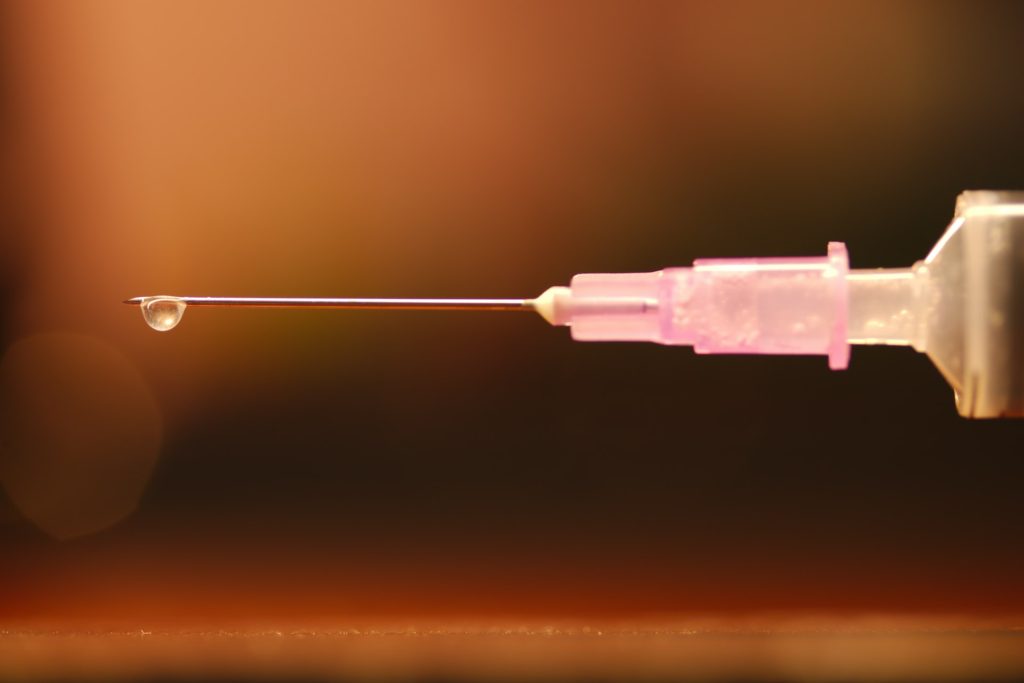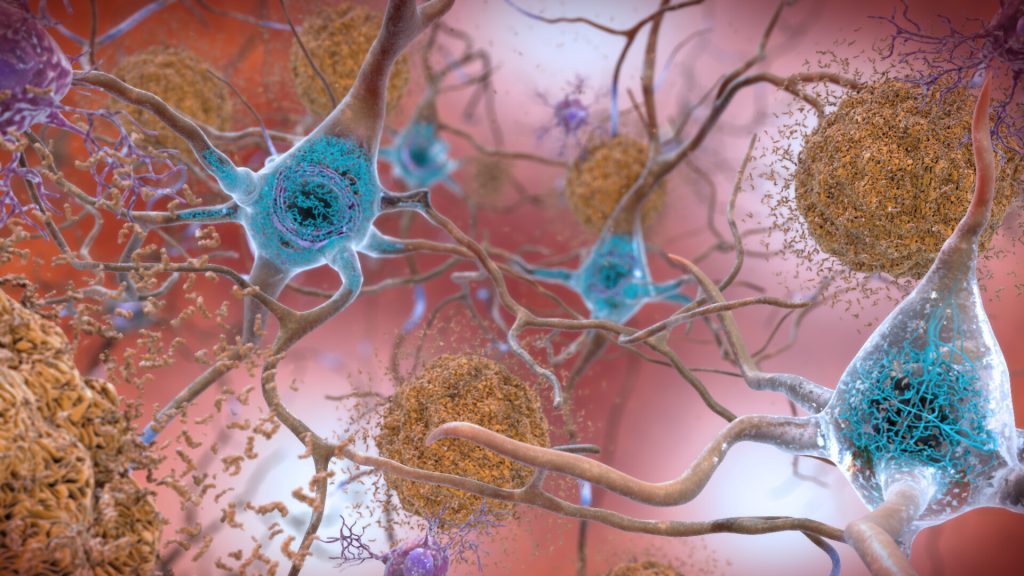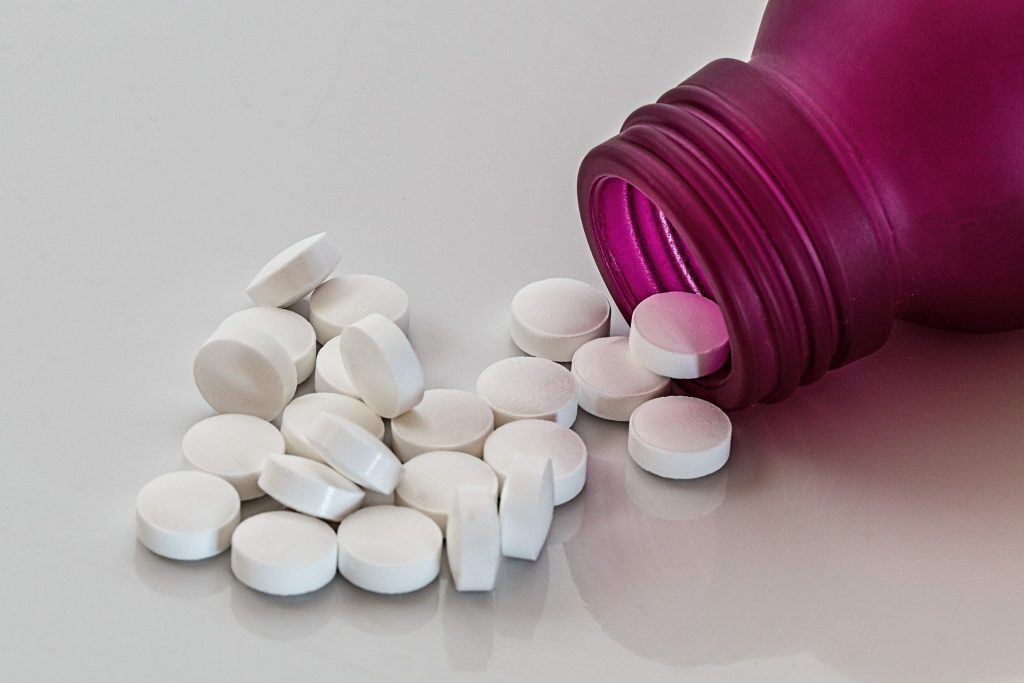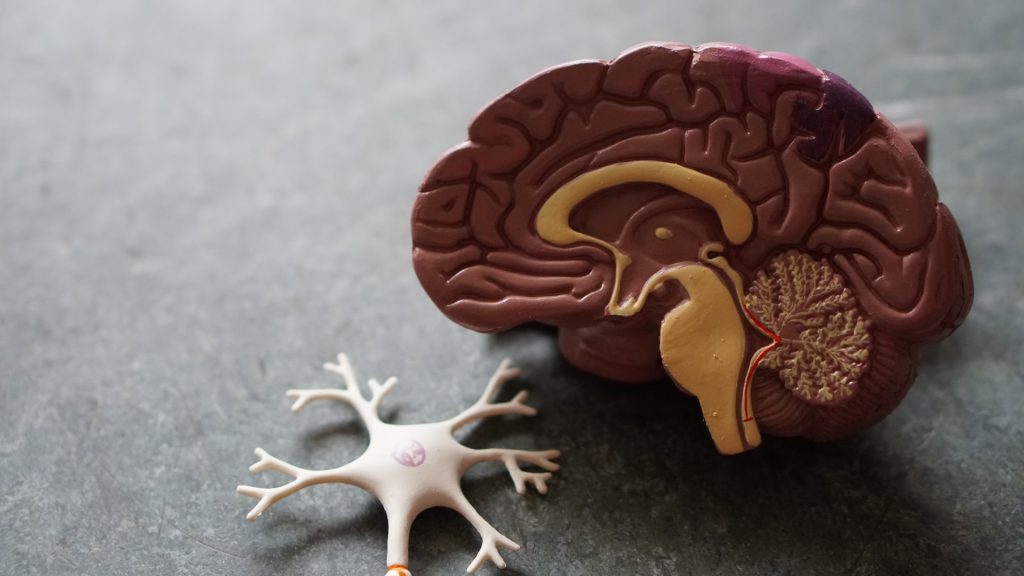Asymptomatic and Presymptomatic COVID Transmission is Significant

A study of COVID transmission in a US university indicates that at least a fifth of asymptomatic COVID cases passed the infection on, suggesting that containing the SARS-CoV-2 virus is more difficult than previously thought.
Even as multiple resurgences of the COVID pandemic occur in many countries, the risk posed by various degrees of infection, from asymptomatic through presymptomatic to symptomatic SARS-CoV-2 infection is still undefined.
Researchers in a new study found that at least a third of infected individuals were asymptomatic, and a fifth of them successfully passed on the virus to others. In comparison, about a quarter of symptomatic cases did so, especially when the symptoms included fever, cough and shortness of breath. In these instances, up to 30% of them transmitted the virus. The findings of the study are available on the medRxiv preprint server, and are not yet peer reviewed.
Asymptomatic carriage has been suspected and reported since the pandemic’s outset, though the exact proportion has been described to be anywhere between 40% and 77%. Such differences in ascertainment could be from varying demographic, testing, and interaction patterns.
Most systematic reviews have quoted figures of 30-45% as asymptomatic, which are considered to be much less transmissible. Secondary attack rates (SAR) of as low as 0.7% are reported in these cases, compared to 21% for symptomatic cases. Most of these studies had a lack of follow-up, meaningthat asymptomatic and presymptomatic cases could have been combined or misclassified.
The study was based on a campus population at a Midwestern university in the USA, during the northern hemisphere autumn of 2020. The study included about 13 000 students and 1600 confirmed cases.
The researchers found not only that SAR differed when patients were classified by symptom presence or absence, but the nature of the symptoms also determined the SAR. This could hamper containment efforts, especially as economic activity is burgeoning after a long hiatus.
Moreover, daily checks on individuals such as employees and students which are meant to help define transmission risk, may not yield the desired results when the wide difference in symptom types and timing in relation to infection, as well as the SAR, are taken into account.
The college campus in this study had a set of measures in place to reduce the risk of viral spread. In particular, this included a daily requirement to assess one’s own health and report on any issues; testing for the virus; contact tracing; case isolation and contact quarantine; and surveillance testing to monitor the spread of the virus.
In August, students began to come back to campus, and this was associated with 151 positive tests for the virus by reverse transcriptase polymerase chain reaction (RT PCR). This led to the suspension of in-person classes, with all teaching being online until August 24.
At this point, graduate and professional students again had in-person classes, while the others continued with online classes until September 2. The number of cases detected by a positive PCR test went down, from just over 600 in August to approximately 150 by September.
A second rise was seen in the middle of October, and by the end of the semester, on November 20, over 1500 students were positive. Of these, daily health data was present for at least half the days for about 1200 students.
Testing was administered by a rapid antigen test if a student had symptoms suggestive of SARS-CoV-2 infection or had a history of exposure to someone with COVID. Negative results were validated by a PCR, with the result coming within 1-2 days during which time they were quarantined.
Positive rapid antigen tests led to 14 days isolation, along with contact tracing and quarantine. The quarantined students were also advised to do an antigen test, which, if positive, necessitated a PCR test. They were also expected to quarantine until tests on days four and seven were also negative, at which point they were released. The university also conducted surveillance monitoring to hopefully catch asymptomatic or presymptomatic cases.
The scientists found that nasal congestion, headache and dry cough was higher among those who tested positive within five days, with fever and sensory disturbances (anosmia/dysgeusia/ageusia) were higher among positives only three and two days previous to testing positive. Loss of taste and smell occurred in the greatest proportion of cases by day four after testing positive.
The SAR was 19% vs 25% for asymptomatic vs symptomatic index cases on day 14 after virus exposure. In the four days immediately following exposure, symptomatic cases showed a higher SAR, with presymptomatic cases showing lower SAR and asymptomatic cases the lowest.
Perhaps this was because symptomatic cases have delayed testing, indicating that they had more time to transmit the virus before testing positive.
After this period, presymptomatic COVID had the highest SAR, but symptomatic case SAR began to rise, becoming almost identical thereafter. At seven days post-exposure, the SAR in all categories flattened, therefore making it the quarantine limit for contacts.
Symptoms varied in their predictive capacity, but fever, shortness of breath and a dry cough at the onset of infection were found to be associated with an SAR of 30%, provided body aches and/or chills were also reported. The investigators suggest this could be owing to higher viral loads, and therefore greater ability to shed and spread the virus.
The authors concluded that daily virus surveillance does not by itself help in containing transmission. The only way out may be rigorous face mask use until sufficient vaccine coverage is reached, along with social distancing, testing and quarantine. Both asymptomatic and presymptomatic viral transmission are significant contributors to viral spread, impeding efforts to stop the virus, especially with novel emerging SARS-CoV-2 strains.
Source: News-Medical.Net
Journal information: Krieg, S. J. et al. (2021). Symptomatic, Presymptomatic, and Asymptomatic Transmission of SARS-CoV-2. medRxiv preprint. doi: https://doi.org/10.1101/2021.07.08.21259871. https://www.medrxiv.org/content/10.1101/2021.07.08.21259871v1.










